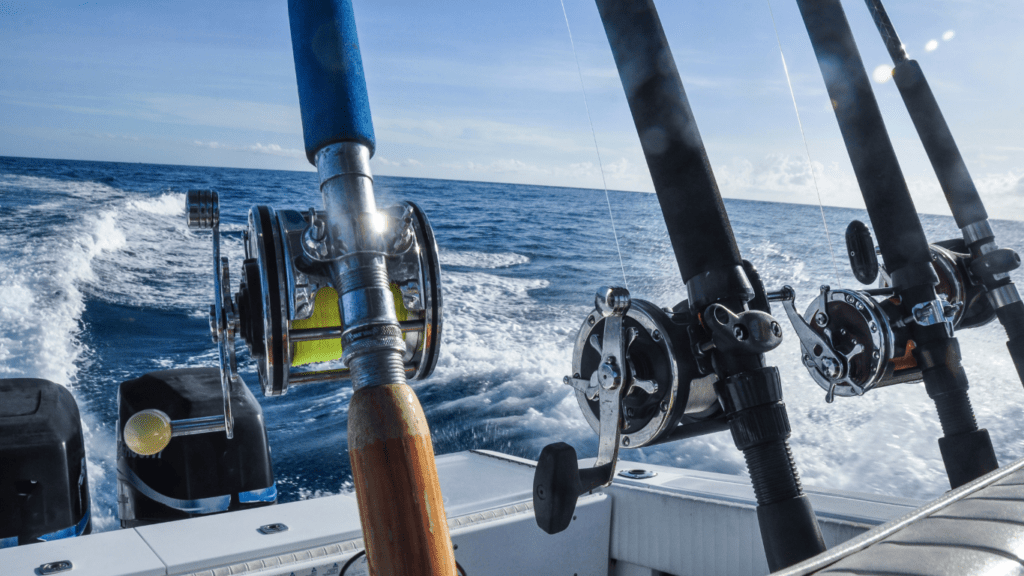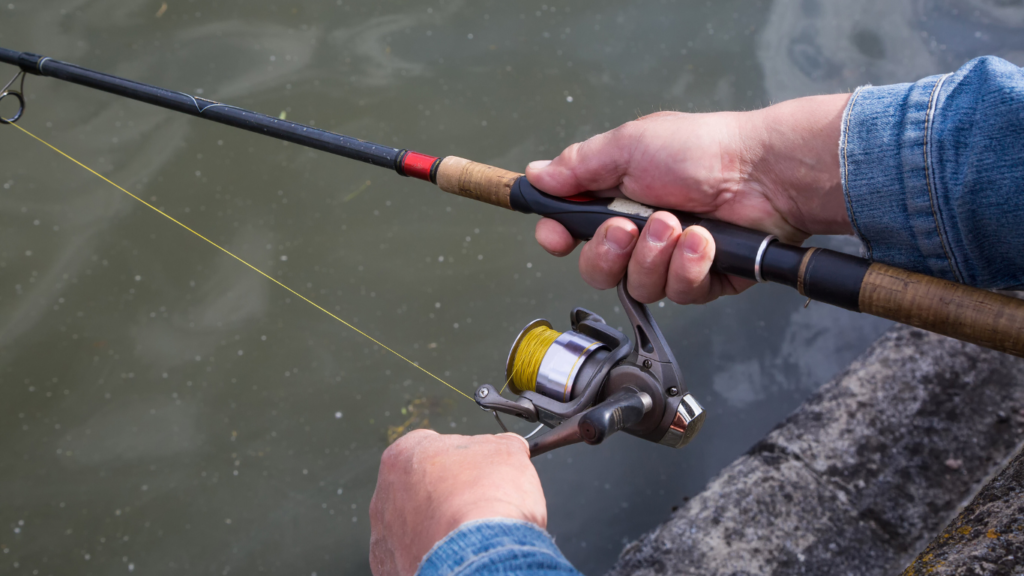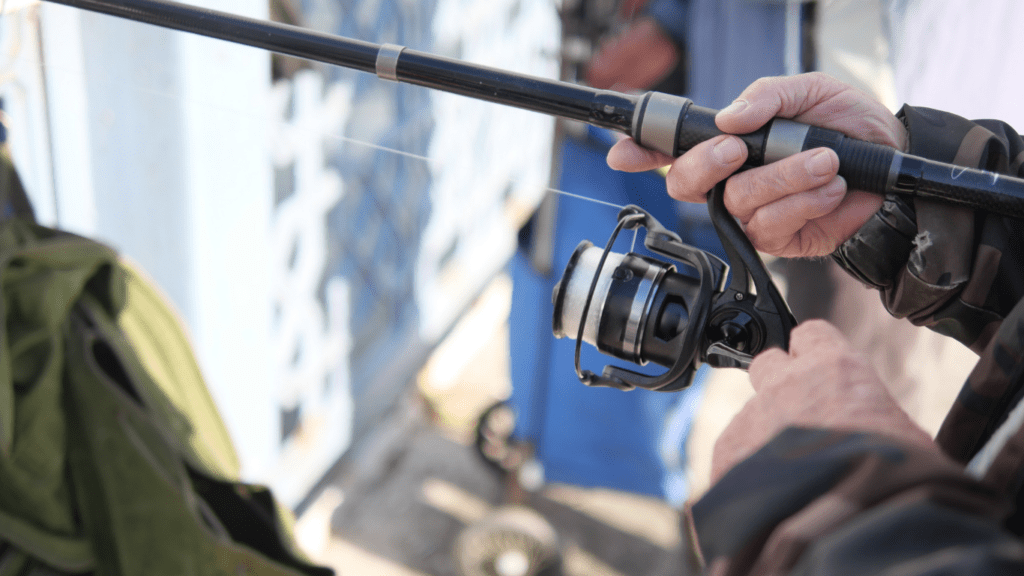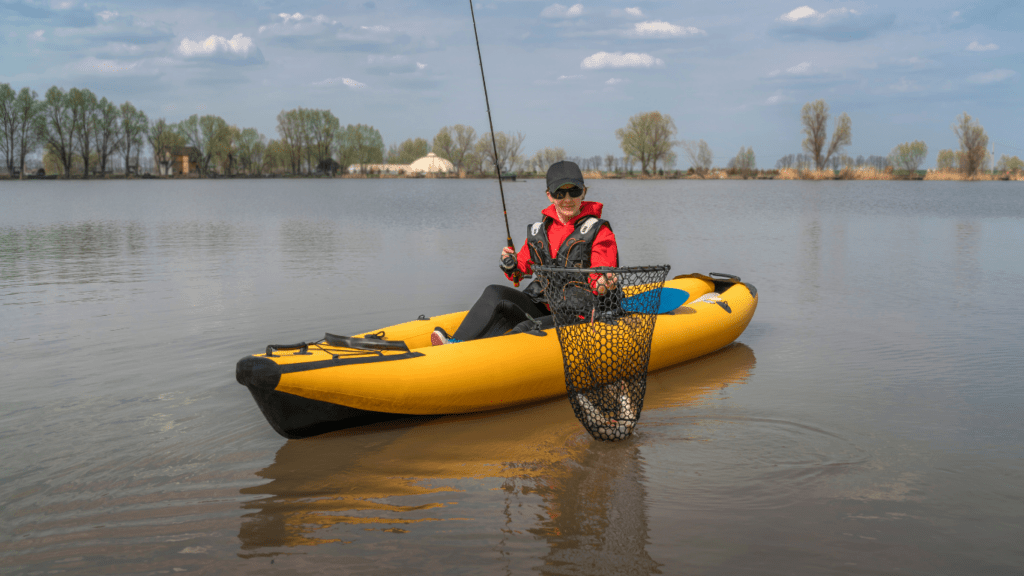Fishing has always been a mix of skill, patience, and the right gear. Over the years, technology has crept into every aspect of the sport, and fishing reels are no exception. Electric fishing reels have gained popularity, promising convenience and efficiency, but do they truly outperform traditional manual reels?
Overview Of Electric And Manual Fishing Reels
Electric and manual fishing reels offer distinct approaches to catching fish, catering to different needs based on experience and preference. Both types play crucial roles in modern fishing, with unique features that impact functionality and performance.
What Are Electric Fishing Reels?
Electric fishing reels use a motorized system to assist in reeling, reducing physical effort during retrieval. These reels include an electric motor powered by rechargeable batteries, a wired connection to a portable power source, or the boat’s power system. Anglers often use them for deep-sea fishing, targeting species like grouper or swordfish.
Key benefits include speed, consistency, and reduced fatigue during extensive fishing excursions. Electric reels also feature digital displays for depth monitoring and line release control, providing accuracy. The automatic retrieval feature is particularly helpful when fighting heavy fish or managing lines in strong currents.
What Are Manual Fishing Reels?
Manual fishing reels rely entirely on an angler’s physical effort to reel in the catch. These reels include spinning reels, baitcasting reels, and fly reels, which serve various fishing applications such as freshwater fishing or casting inshore species like:
- bass
- trout
- redfish
Manual reels often appeal for their simplicity, durability, and control, aligning with traditional fishing techniques. They lack electronic components, making them more resistant to water damage and mechanical failure. Mastering manual reels requires skill, which many anglers appreciate for the challenge and sport.
Comparing Features And Functionality
Electric and manual fishing reels each bring unique features to the table, catering to different fishing needs. I’ve assessed their ease of use, power, performance, and durability, ensuring a comprehensive comparison.
Ease Of Use And Convenience
Electric reels simplify the reeling process by utilizing a motorized system, reducing physical effort. These reels are especially useful for long fishing sessions or retrieving heavy catches, like pulling lines from deep water. Many models include features like programmable settings and depth indicators, streamlining operations further.
Manual reels demand more physical engagement but offer better control over fishing techniques. Adjusting tension, drag, and line release requires skill, which appeals to anglers who value hands-on control. Their straightforward construction also eliminates the need for batteries or electronic setups, making them more portable and hassle-free during trips.
Power And Performance
Electric reels excel in power, efficiently handling large fish and deep-sea fishing conditions. Their motorized torque ensures consistent reeling, even when dealing with heavy resistance or long lines. Brands like Shimano and Daiwa offer reels with speed control and line counters, optimizing your fishing efforts.
Manual reels provide precise control but rely solely on the angler’s strength and technique. This limitation can make them less suitable for fighting strong marine species or deep-sea retrievals. However, their versatility across freshwater and various fishing styles, such as spinning or baitcasting, stands out.
Durability And Maintenance
Electric reels incorporate electronic components, which, while advanced, can be vulnerable to water damage or power failures. Proper maintenance, like keeping electrical contacts clean and the motor dry, is crucial to longevity. Repair costs can also be higher due to the complexity of parts.
Manual reels focus on mechanical simplicity, ensuring greater durability. High-quality materials like aluminum or stainless steel resist corrosion, making them reliable for both saltwater and freshwater use. Maintenance primarily involves routine cleaning, oiling, and occasional part replacements, resulting in lower long-term upkeep costs.
Pros And Cons Of Electric Fishing Reels
Electric fishing reels offer unique benefits but also come with notable limitations. Understanding their pros and cons helps determine if they’re a good fit for your fishing needs.
Key Advantages
1.Efficiency and Speed
Electric reels retrieve lines faster and more consistently. This is especially useful when fishing in deep waters, where depths often exceed 300 feet, or handling large fish such as tuna and swordfish.
2.Reduced Physical Strain
The motorized reeling process reduces fatigue. Anglers can fish longer hours or manage multiple catches without overexertion, making electric reels ideal for aging or physically constrained users.
3. Advanced Features
Most electric models include digital depth displays, line counters, and programmable settings. These features enhance precision, improve line management, and ensure better control over reeling tasks.
4. Heavy-Duty Performance
Electric reels handle heavy loads efficiently. Brands like Shimano sell models pulling up to 250 pounds, significantly outperforming manual reels under similar conditions.
Potential Drawbacks
1. Higher Cost
Electric reels are considerably more expensive. Prices typically range from $500 to $3,000, based on brands and features, limiting affordability for casual anglers.
2. Complex Maintenance
Electronics and motors require careful maintenance. Exposure to saltwater corrodes parts, increasing repair frequency and associated costs.
3. Bulkiness and Weight
Compared to manual reels, electric models weigh more due to their motorized components. For example, electric reels like the Daiwa Tanacom 1200 weigh over 3 pounds, impacting portability.
4. Technical Limitations
Without proper knowledge, programming and settings can overwhelm inexperienced users. In remote areas where batteries can’t be recharged, reliance on electricity becomes a constraint.
Pros And Cons Of Manual Fishing Reels

Manual fishing reels offer a hands-on fishing experience, providing simplicity, control, and durability. These reels appeal to anglers seeking traditional techniques and greater engagement during the process.
Key Advantages
1. Greater Control
Manual reels provide precise control over line speed and tension, making them ideal for techniques like casting or jigging. I find this particularly useful for targeting smaller, more elusive fish.
2. Durability
Built with fewer components than electric reels, manual reels withstand tough conditions like saltwater exposure. They require less maintenance, and high-quality materials improve their longevity.
3. Affordability
Manual reels are cost-effective compared to electric models. Their simplified construction reduces manufacturing costs, making them accessible to a wider range of anglers.
4. Portability
Lightweight designs make manual reels easy to transport. They’re a practical choice for long fishing trips or for anglers moving between multiple fishing spots.
Potential Drawbacks
1. Physical Effort
Using manual reels demands physical strength and endurance, especially during prolonged sessions or when fighting large fish. I sometimes experience fatigue when reeling in heavy catches manually.
2. Learning Curve
Techniques like baitcasting require skill and experience. Beginners may struggle with accuracy or face issues like line tangles without proper training.
3. Limitations in Deep-Sea Fishing
Heavy lines and deep-water retrievals are challenging with manual reels. Their dependence on physical effort limits their efficiency for deep-sea fishing scenarios.
4. Speed Constraints
Reeling in fish with manual reels takes more time and effort compared to motorized alternatives. This can affect productivity during periods of high bite activity.
Choosing The Right Reel For Your Needs
Selecting the right fishing reel depends on factors like fishing style, target species, and individual preferences. I’ve outlined key considerations and specific recommendations to guide your decision.
Factors To Consider
1. Fishing Environment
Electric reels shine in deep-sea fishing or heavy currents, where consistent reeling and depth tracking are critical. Manual reels work better in freshwater or shallow areas that demand precision and control.
2.Target Fish Type
Larger fish, like tuna or marlin, require the power and ease that electric reels offer. Smaller fish in lakes or rivers are better suited to manual reels, which provide the finesse needed for lighter line actions.
3. Physical Effort
Electric reels minimize hand strain for long fishing days or repetitive cranking. Manual reels demand more physical engagement, which some anglers prefer for the challenge and skill involved.
4. Budget
For those with higher budgets, electric reels offering advanced features provide better value for deep-water fishing scenarios. Affordable manual options work best for anglers sticking to traditional fishing methods.
5. Maintenance & Longevity
Manual reels require simpler upkeep and carry less risk of electronic failures, making them durable over time. Electric reels, due to their motorized components, need meticulous maintenance for optimal performance.
Recommendations Based On Fishing Style
1. Recreational Anglers
A manual spinning reel, priced affordably under $200, enables versatile use across freshwater locations. It’s lightweight and portable, making it ideal for casual outings.
2. Deep-Sea Enthusiasts
Electric reels like Shimano Beastmaster or Daiwa Tanacom, with programmable settings and heavy-duty performance, handle challenging conditions and larger fish effortlessly
3. Skill-Oriented Fishing
Baitcasting manual reels enhance accuracy and casting techniques. These reels suit anglers aiming to hone their control over line speed and tension.
4. All-Day Fishers
An electric reel reduces the fatigue of constant reeling, supporting long fishing sessions. Models with ergonomic designs and power-saving features stand out for comfort
5. Budget-Conscious Choices
I recommend manual reels for cost-effective, low-maintenance fishing solutions. Popular brands like Penn and Abu Garcia deliver sturdy options under $100 for reliability without breaking the bank.





